Whether it is synonymous with work-related suffering or a general feeling of exhaustion, the term "burnout" is often overused today. "There are many misconceptions around the word burnout, but there are very precise criteria for defining it," Mathilde Kalkas explained at the outset of the webinar "HRD/Managers, how best to deal with an employee's burnout". A professional coach, trainer and therapist specialising in the management of existential stress, this Cala Consulting partner gave a very informative talk on the subject to some twenty members of the Cala Learning Hub network on 7th May 2021.
A perfectly healthy defence mechanism
Let's begin with a short definition of occupational burnout : it is a state of physical, emotional and mental exhaustion resulting from prolonged exposure to emotionally demanding work situations. Why prolonged? Because burnout persists even after the stressful situation has passed.
What exactly are the 'symptoms'? The main ones are physical and mental exhaustion, loss of empathy and a sense of reduced personal fulfilment at work. But the good news is that burnout is the body's normal reaction to stress - a defence mechanism of sorts - and that people usually go on sick-leave at this point, i.e. at the 'pre-burnout' stage.
At this stage, the signals sent by the body can be very varied: sleep disorders, irritability, difficulty in concentrating, skin rashes, etc. The problem is that the person concerned is usually in denial. They do not see these signals and become exhausted.
The working environment and the individual
Is burnout an occupational disease? Not exactly. The World Health Organisation describes it as an "occupational phenomenon", excluding the term "medical condition", and in France, under only certain conditions will the health insurance system recognise burnout as an occupational disease. "It is quite simply a combination of a dysfunctional work environment, which accounts for 60% of the causes, and an individual predisposition," explains Mathilde Kalkas.
On the one hand, work is intense, subject to constant change or interpersonal conflicts. On the other hand, the individual, often invested and hard-working, is in a never-ending race to find solutions. The breaking-point is the key moment, i.e. when burnout itself occurs, when one’s self-image is shattered. This is usually followed by at least six months off work, which is a necessary recovery period. Thereafter, in order to rebuild and learn from this experience, it is necessary to get the right support over a certain period of time.
What can be done in practice when an employee burns out?
"In the pre-burnout phase, the challenge is to help the person become aware of their condition, even if at this stage the chances of success are limited because the person is in denial," says Mathilde Kalkas. To do this, their HR director, manager or even one of their colleagues can refer them to a health professional (occupational doctor, psychologist, etc.) or encourage them to take a burnout detection test such as the Maslach Burnout Inventory (MBI) or Copenhagen Burnout Inventory (CBI).
In post-burnout situations, the key objectives, explains Mathilde, are to "slow down and restore self-esteem" to avoid any risk of relapse. Several measures can be taken in this respect, such as being supported by an occupational doctor when returning to work, entrusting the employee with small assignments so that they are free to organise themselves, continuing multidisciplinary support from professionals (coach, psychologist, etc.), and, above all, taking into a account the fact that the person will take a long time to get back on track.
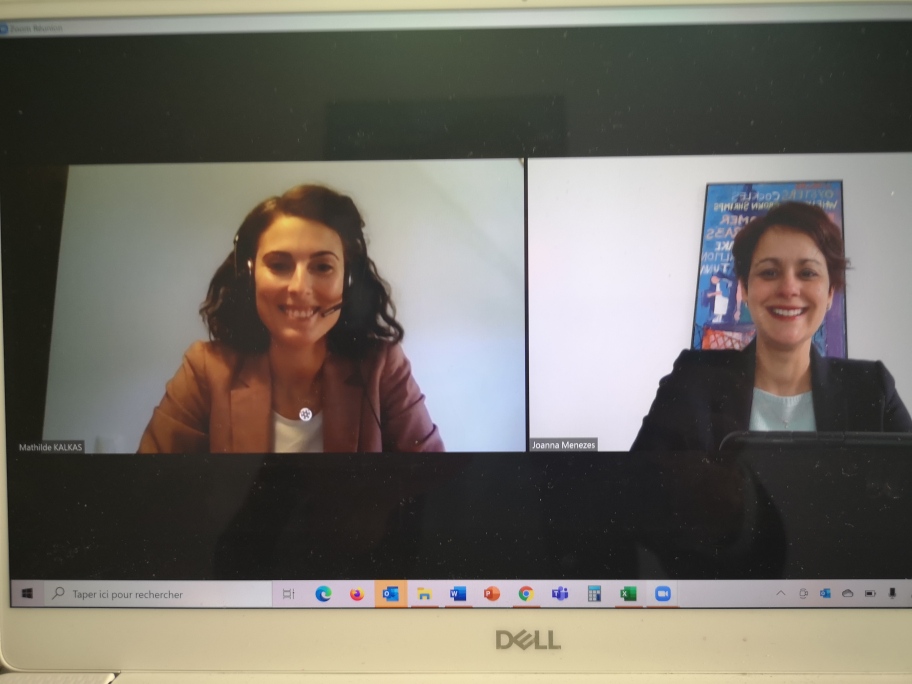


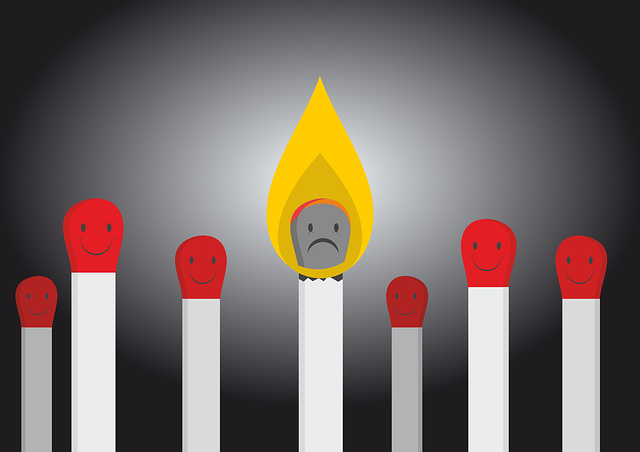
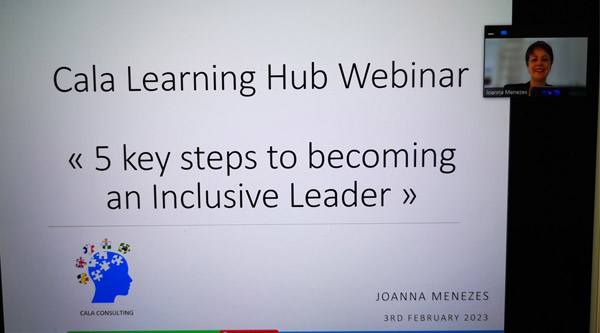
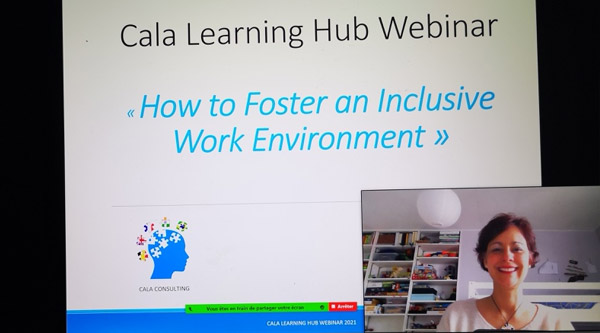

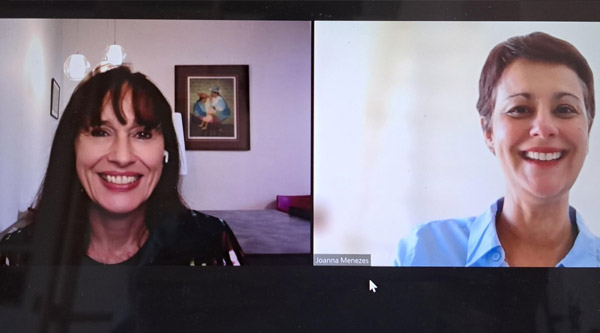
 Copyright © 2016 - 2025 - Cala Consulting
Copyright © 2016 - 2025 - Cala Consulting